Mallacoota and East Gippsland tap gourmet tourism trend
New Year’s Eve 2019 was the worst of days in Mallacoota. The best are like today, under a spotless sky in one of the many coves nearby.
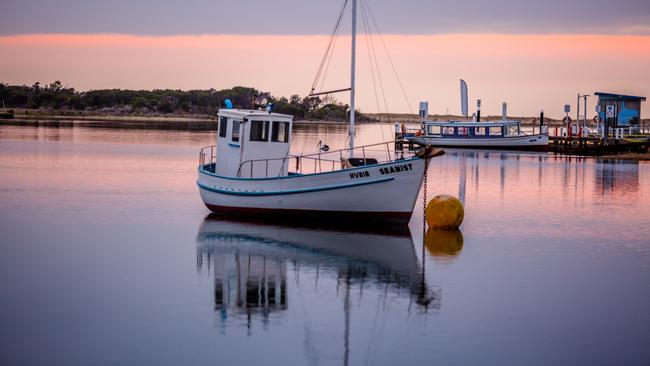
Mallacoota is not a place you come to by chance. The coastal idyll at the pointy end of Victoria is 23km off Highway 1, and the road in is the only way out. That’s helped to keep it sweet and petite. You’re here because you want to be; maybe fishing, sailing or just relaxing. On any given day, pelicans outnumber the humans. And there are no recorded sightings of developers.
Then one day the whole world knew about Mallacoota. The day the sky turned red and the mountains black. New Year’s Eve 2019. Fire roared down that road and it took a naval evacuation to reconnect the town to a shocked nation.
Mallacoota skipper Dale Winward and his sturdy little Loch-Ard evacuated 35 people, all of whom lost their houses. Winward got to his home just in time. That was the worst of days. The best are like today when, under a spotless sky in one of many coves around the vast Mallacoota inlet, we wallow in the bush setting. Winward uses the 1910-vintage Loch-Ard for morning and evening cruises (“The twilight cruise with a full moon is amazing”) but also for charters to anywhere along the inlet’s 326km shoreline. “No matter how busy it gets here in summer, there are places no one else will go.”
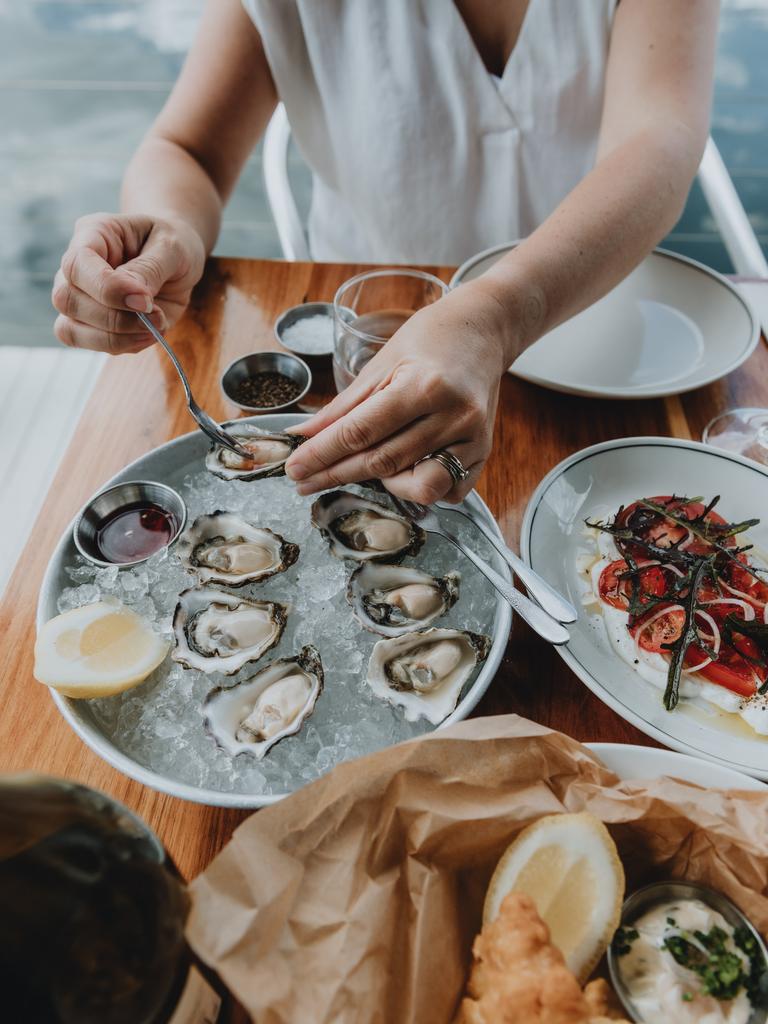
As dozens of communities like Mallacoota began to rebuild, the idea of the “empty Esky” took hold. Two forward thinkers from Melbourne, Erin Boutros and Eleanor Baillieu, headed east to give custom to small businesses in fire-impacted towns, posting on Instagram as they went. That was enough for #EmptyEsky to become a thing, as holiday-deprived city folk flocked to the regions. As Boutros says: “Get off the beaten track to find interesting places. And the most effective way to help is to go off-season and midweek. And book ahead.”
Around Mallacoota, a rare Esky filler would be the town’s prized abalone, if only one could get it. Nearly all the local catch is exported, and the only place around to try it is Lucy’s Noodles, a place with an aura of old China. The menu is classic 1980s Aussie-Chinese — sweet and sour chicken, beef and black bean, spring rolls, but also the elusive abalone with rice noodles. One companion is unsure about its allure: “A bit like sliced pork in fish sauce,” he muses.
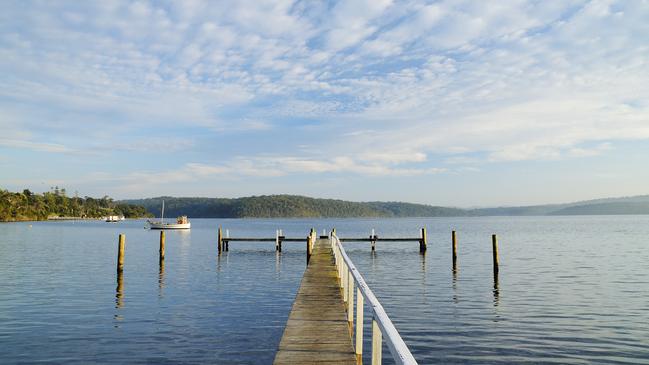
Actually, abalone is also accessible via Australia’s only commercial abalone pearl producer. In Mallacoota, Brett Menke and his siblings run MAPA Pearls, a business begun by their late father, and Brett champions his product’s differences. Whereas oyster pearls are uniform, he says, they can cultivate not only different shapes but colours. “Ours are unique and can vary — blues, greens, pinks.” The pearls are incorporated into custom pieces by jeweller Marcus Foley, of designer OneOffTwo.
Backtracking out of Mallacoota, many Gippsland flavours await. In Cann River, we’re literally on the breadline outside Wild Rye’s, such is the popularity of this artisanal baker and coffee roaster. Its sourdough is renowned but the pies and Portuguese egg tarts also speak to us. One item doesn’t make it into the Esky: that seafood mornay pie won’t wait.
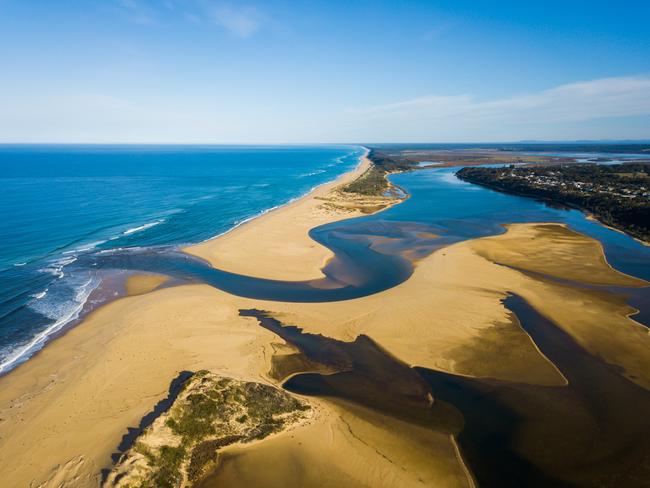
Marlo, where the Snowy River meets the sea, has a similar off-the-beaten-track vibe to Mallacoota, and we’ve taken the back way in, via Cape Conran Coastal Park, which has put on a dramatic growth spurt after the fires. Another stop just before Marlo is Frenches Narrows, where a boardwalk across the Snowy takes you to the beach. If you see an exuberant young woman foraging among the dunes, it will be Gab Moore collecting elements she and husband Chris use at Sailors Grave Brewery in Orbost. When their Sydney restaurant, The Commons Local Eating House, closed, Gab and Chris returned to her hometown to make eclectic beers that not only work with food but, as Gab puts it, “express place”. Today she’s collecting karkalla, aka pig face or beach banana, but they also use wood sorrel, sea parsley, saltbush, even fennel pollen.
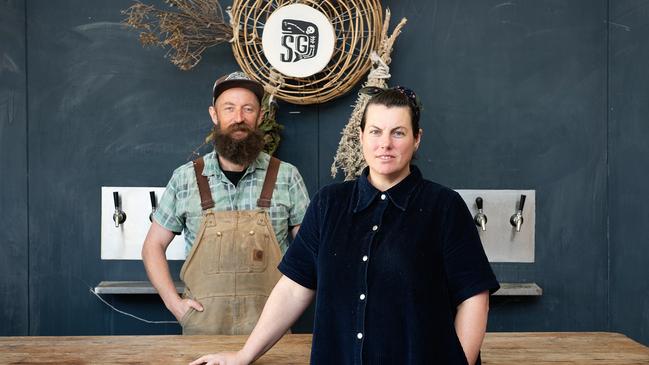
Sailors Grave’s taproom isn’t coming until late next year, so you must look for it in local outlets, such as the Marlo pub, where the sound of the sea inspires matching it with tempura flathead tacos, followed by a juicy local scotch fillet and the world’s best sweet potato fries. (Our table voted; it was unanimous.) The flathead is from Lakes Entrance, where another gifted gourmand holds court. Nick Mahlook, who cooked at Melbourne’s great destination restaurant, Stokehouse, now serves top-notch local fare at Sodafish on the waterfront. A shared entree plate features sweet Merimbula oysters, while wood-fired scallop skewers are finesse on a stick. And with a local crustacean served with ginger, spring onion and sesame on a ripper sourdough, Mahlook has elevated prawn toast to lofty heights. We follow with a beautiful whole baby snapper.
At my digs, Bellevue On The Lakes, just across the road, I throw open the curtains next morning to see a gaggle of people waiting in the half-light. Soon they’re dispersing, with prawns bought straight off the just-returned boat. More grist for the Esky.
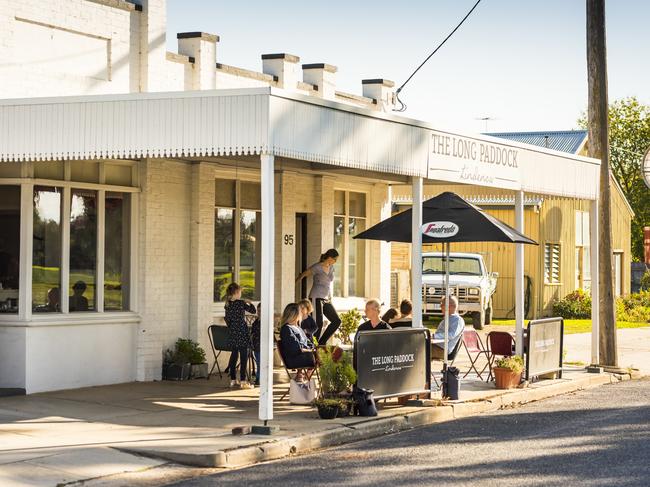
For lunch we encounter even more clever people who learned their trade in celebrated city establishments before returning to their roots. Tanya Bertino and Anton Eisenmenger worked at Vue de Monde in Melbourne before returning to Tanya’s home village of Lindenow, near Bairnsdale, to open The Long Paddock, where you could be eating in your granny’s kitchen. A dresser holds cookbooks from yesteryear luminaries such as Constance Spry and Graham “Galloping Gourmet” Kerr, and we eat off mismatched crockery sourced from op shops and even donated by customers. But the food is triumphantly modern: more Merimbula oysters, gnocchi with Lakes Entrance prawns, and a fabulous mushroom and potato galette with chicken liver parfait.
Lightfoot & Sons is a presence on wine lists all over the region, and its cellar door also makes a statement, perched on a ridge above green fields and tree-lined watercourses 10 minutes from Lindenow. The ridge is limestone, says one of the Lightfoot sons, Rob, and it’s topped with “terra rossa”, the same red soil that gives Coonawarra its cachet. Their staple, as it is for most of Gippsland, is robust pinot noir. As one critic has described it: “More bass, less treble.”
The Lightfoots had a situation with 2020’s pinot crop: bushfire smoke taint. But they doubled down, making a white pinot without skin contact that’s proved so popular, they’ll continue with it. They also took a chance with a red, which at first tastes woody until the smoky character fully reveals itself, and grows on you. Hopefully, they’ll never need to make another like it.
The Esky is groaning now. We’ve collected honey and cheese from The Farmer and the Cook in Metung, and free-range eggs from Myrtlebank Roaming Farms near Sale. There’s plenty to tide us over until next time. And there will be a next time.
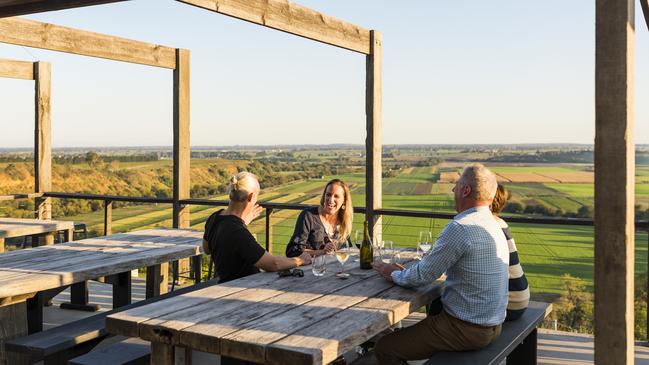
In the know
Travel operator AAT Kings has partnered with #EmptyEsky for the return of its Bushfire Relief Giveback Experiences, with the first being a three-day Discover Gippsland trip from Melbourne on May 28. As well as diverse food and wine experiences, there’ll be nature excursions such as the Buchan Caves and koala-spotting. AAT Kings expects to extend the program with similar products in NSW and South Australia.
Jeremy Bourke was a guest of Visit Victoria.

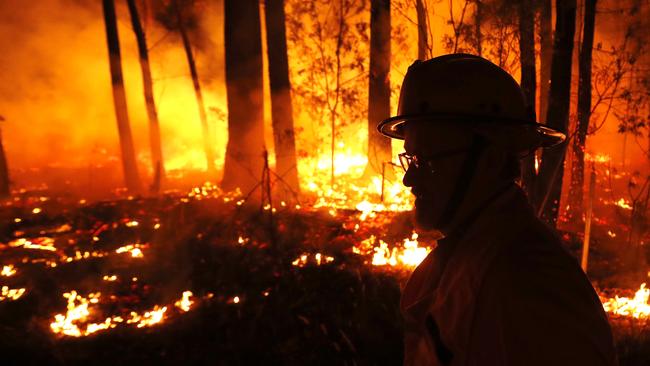
To join the conversation, please log in. Don't have an account? Register
Join the conversation, you are commenting as Logout